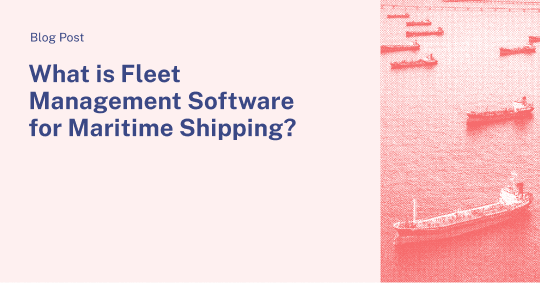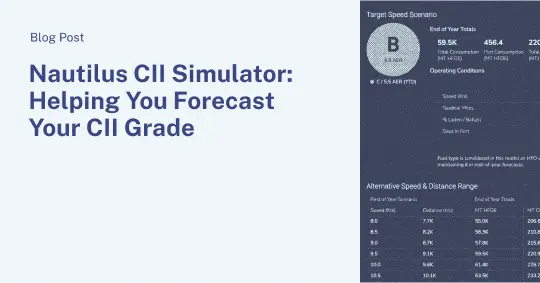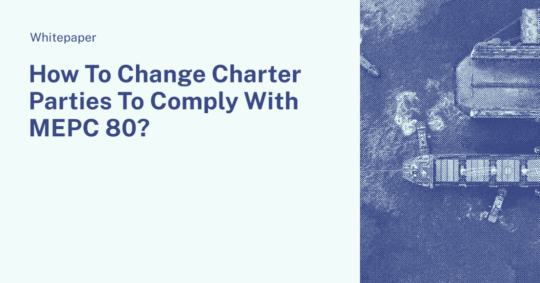Charter parties are rigid relics of their time, with static vessel descriptions as standard fixtures in these agreements. These descriptions are, at best, reflective of performance at a singular period, despite how ship performance evolves over a set period of time as a result of factors such as ship aging. With charter periods that can span a decade, these static descriptions are inadequate representations of true vessel performance, setting owners and charterers up for mismatched expectations, claims risks, and unrealized profits.
Owners risk claims or undervaluation with static ship descriptions
Since ship owners must provide vessel descriptions at the beginning of a charter period, they have to walk a tightrope between overstating vessel performance and risking performance claims, or advertising below the actual performance to reduce claims risks, but accepting a lower charter rate.
This often means the owner might be inclined to find a point somewhere in the middle to account for both the better performance at the beginning of the charter and natural performance degradation as the ship ages. Alternatively, the owner may opt to build in a safety buffer by severely understating a vessel’s performance to mitigate claims exposure.
In either case, an undervaluation results in a lot of money left on the table for the ship’s owner as they are unable to market their vessels at their true value for fear of putting themselves at risk of claims.
Reduced profits for charterers
For charterers, these static ship descriptions cause uncertainty over the true performance profile of the vessel. Charterers lack confidence that what they are paying for will continue performing well over time, and without performance insights, are not able to make accurate forecasts on fuel expenditure. Given that these charter party contracts are worth millions of dollars, these uncertainties represent significant financial risks.
Additionally, without accurate data and insights into performance, charterers cannot make operating decisions that are optimized for the individual vessel. Instead, they have to make decisions with a limited set of data, resulting in suboptimal operations that create additional costs and reduce profits.
Machine learning-based collaboration to strengthen commercial relationships
To address the challenges inherent in static vessel descriptions, Nautilus Labs has launched Green Charter, allowing owners and charterers to make mutually beneficial decisions based on a shared single source of truth. Leveraging machine learning and high-frequency sensor data, Green Charter provides insights into real-time performance with Digital Twins that establish a dynamic baseline for performance (learn more about our Digital Twins in this white paper). Owners and charterers can access the same real-time insights into vessel performance, removing the reliance on static descriptions. With both parties accessing the same set of insights, the commercial relationship is fortified and the risk of mismatched performance expectations and claims are reduced. Counterparties each see an unprecedented set of benefits, as explained below.
Green Charter for Owners
By embracing transparency and sharing vessel performance data with charterers, owners build credibility with their counterparties, opening up strategic expansion to more vessels and collaboration on other projects. Additionally, they can maximize the revenue potential of a ship with a dynamic performance clause rather than a downplayed static ship description.
Green Charter for Charterers
With this new approach to charter parties that allow charterers unparalleled insights into vessel performance, charterers can be assured that the owner will proactively maintain the vessel at peak performance based on machine learning-generated insights. For contracts that are worth hundreds of millions, this new certainty enables them to plan for the future with confidence and make informed decisions. With dynamic clauses that provide flexibility and enable joint decision making based on real-time performance, the counterparties can proactively collaborate to find a win-win outcome. They no longer need to retroactively engage in time-consuming claims battles where conflicting data sources are invoked.
With Nautilus’s Green Charter, owners and charterers can rely on real-time vessel descriptions for mutually beneficial outcomes. Our new solution establishes transparency and collaboration between counterparties and removes claims as the central arbiter of charter parties, strengthening commercial relationships for long-term business success. If you would like to learn more about Green Charter, please reach out to us at sales@nautiluslabs.com.


